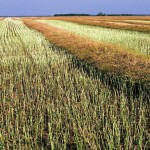
Timing the canola harvest
When it comes to bringing the canola in from the field, the right timing is crucial

How to harvest pulse crops
If you’re new to pulses or want a refresher, here are four harvest factors
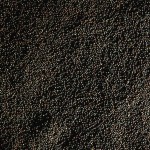
Storing higher-oil canola
It’s worth more, but it’s also more fragile. Know how to keep your specialty canola safe in the bin

How to find lygus bugs
Lygus bugs can cause extensive crop damage. Scout for them in your canola crops
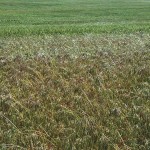
Controlling downy brome
This aggressive weed can be confused with fall rye. Luckily, there are several ways to keep it under control
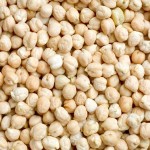
Lentil acres up; chickpeas down
Although transportation issues continue to dominate discussion, Marlene Boersch is positive on lentil markets for 2014
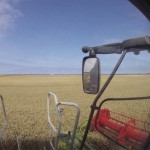
Planning ahead for fertility
With consistently higher yields, many farmers across North America are neglecting the basics: nutrient replacement
RoundUp Ready 2 coming soon
Bringing soybeans to the field
Soybean acreage in Manitoba and Saskatchewan has rocketed up in recent years. Most of this growth is due to Ron Gendzelevich
If you ask western Canadian farmers when soybeans were first commercially grown in Manitoba, most would probably guess sometime around 1998. But soybeans have actually been grown in Manitoba for much longer than that — since 1992. Their numbers have increased dramatically with thanks almost entirely to one man, Ron Gendzelevich, owner and President of […] Read moreBringing soybeans to the field
Soybean acreage in Manitoba and Saskatchewan has rocketed up in recent years. Most of this growth is due to Ron Gendzelevich
If you ask western Canadian farmers when soybeans were first commercially grown in Manitoba, most would probably guess sometime around 1998. But soybeans have actually been grown in Manitoba for much longer than that — since 1992. Their numbers have increased dramatically with thanks almost entirely to one man, Ron Gendzelevich, owner and President of […] Read more

